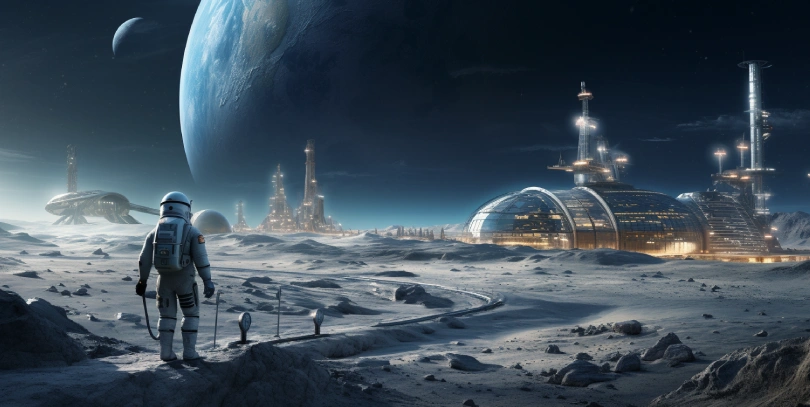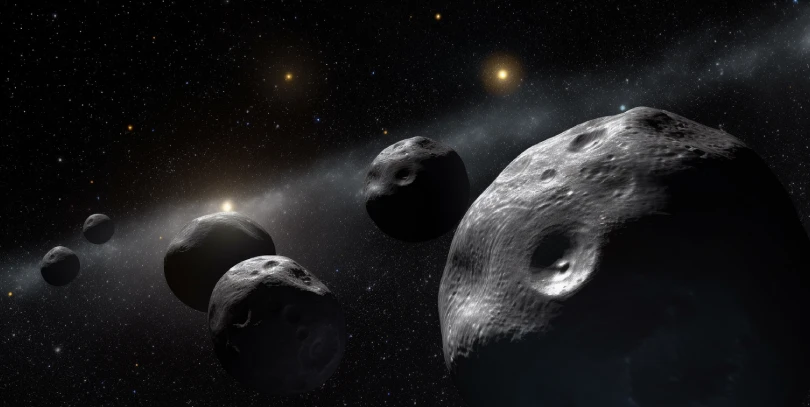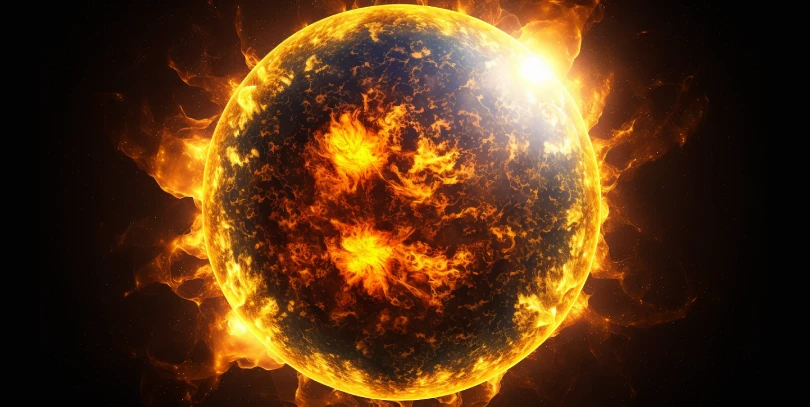Space exploration is one of the most fascinating and inspiring endeavors of human civilization. It allows us to discover new worlds, learn about our origins, and expand our horizons. In this article, we will review some of the most remarkable achievements and missions in the history and future of space exploration. Whether you are a space enthusiast, a science lover, or just curious, we hope you will enjoy this article and learn something new.
- The first artificial satellite, Sputnik 1, was launched in 1957, marking the beginning of the Space Age.
- The United States, Russia, Japan, Canada, and the European Space Agency collaborated in the 1990s to create the International Space Station (ISS), which has been continuously occupied since November 2000.
- NASA’s Apollo program successfully landed astronauts on the Moon in 1969.
- The Curiosity rover, launched in 2011, is exploring an ancient lake bed on Mars that once had conditions that could have supported life.
- The Transiting Exoplanet Survey Satellite (TESS) is searching for exoplanets and monitoring their atmospheres.
- The Kepler Space Telescope, launched in 2009, has discovered thousands of exoplanets, including Earth-like planets.
- The Hubble Space Telescope, launched in 1990, has been studying the universe for over three decades, providing valuable insights into astronomy and cosmology.
- The New Horizons spacecraft, launched in 2006, became the first spacecraft to explore Pluto and its moons.
- The Juno spacecraft, launched in 2011, is currently orbiting Jupiter and studying its atmosphere and moons.
- The OSIRIS-REx spacecraft, launched in 2007, has been studying the asteroid Bennu and will eventually return to Earth with samples.
- The Parker Solar Probe, launched in 2018, is studying the Sun’s atmosphere and solar wind.
- The TESS spacecraft, launched in 2018, is searching for exoplanets and monitoring their atmospheres.
- The James Webb Space Telescope, launched in 2021, is designed to study the atmospheres of exoplanets and search for signs of life.
- The DART spacecraft, launched in 2020, successfully impacted the Dimorphos asteroid to study its effects on the asteroid’s orbit.
- The Lucy spacecraft, launched in 2021, is on its way to study Jupiter’s Trojan asteroids.
- The Perseverance rover, launched in 2020, is exploring Mars and searching for signs of past or present life.
- The InSight lander, launched in 2018, is studying the geology and climate of Mars.
- The Mars Reconnaissance Orbiter, launched in 2005, is studying Mars with a high-powered camera and relays communications between the surface and Earth.
- The Europa Clipper spacecraft, scheduled to launch in the 2020s, will study Jupiter’s moon Europa and search for signs of life.
Sources:
- Britannica – Space exploration
- National Geographic Education – The History of Space Exploration
- U.S. News – 10 Things You Didn’t Know About Space Exploration
- National Archives – Space Exploration
- NASA – 20 Breakthroughs from 20 Years of Science aboard the International Space Station
- Royal Museums Greenwich – Space race timeline






